This paper takes off-grid photovoltaic system as the research object, and carries out Matlab modeling and simulation on the PV modules, controllers, inverters, and battery packs in the off-grid photovoltaic system. The actual project data and parameters were used in the modeling process. The error of the data measured by the simulation result and the actual project is small, and the purpose of the experiment is achieved.
introduction:
With the development of power electronics technology, the technology of electrical equipment such as inverters and controllers is maturing. The application of solar power systems is also becoming more and more widespread. At the same time, with the scale of the polysilicon industry, the price of solar modules has dropped from 30-40 yuan per peak watt to 4-5 yuan per peak watt within a few short years. The cost of the solar power generation system is greatly reduced, making it possible for the solar power generation system to be widely used.
In recent years, the state has used solar energy off-grid power generation systems to solve the electricity-consuming projects in the non-electricity areas, so that the remote people in the northwest have used clean solar energy. The advantages of the solar off-grid power generation system are: good reliability, and use in high altitude and harsh areas. The durability is good, and the lifetime of the crystalline silicon module is about 20-25 years. Low maintenance costs can be left unattended. Energy saving and environmental protection, solar energy is inexhaustible and does not generate any greenhouse gas emissions.
1. Off-grid PV system overview
1.1 Off-grid photovoltaic power generation system
The off-grid photovoltaic power generation system is also called an independent photovoltaic power generation system and is mainly composed of a PV module, an MPPT charge controller, an off-grid inverter, and a load. Off-grid PV systems are mostly used in areas far away from the large grid, such as Gobi, beaches, and islands.
1.1.1 PV Module Features
Unlike conventional batteries, solar cells are batteries that can be considered as constant current sources. Their output power is affected by many factors such as light and temperature.
As shown in Figure 1, the UP curve of the solar cell shows that the maximum power point of the solar energy is inconsistent when it is in different light intensities, and the maximum power of the PV module is determined by the ambient temperature, in addition to the light intensity. It has an important influence, but considering that the daily temperature difference will not be too great, but the light intensity changes sharply, so when studying the characteristics of solar cells generally only for different light intensity research.
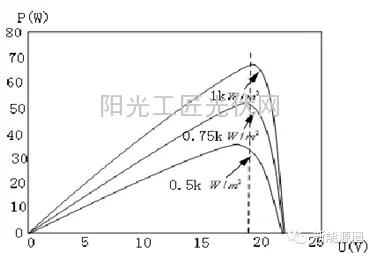
Figure 1 UP curve of PV module
1.1.2 Principle of MPPT
MPPT (Maximum Power Point Tracking) means that the photovoltaic power generation system can track the maximum power of a solar cell at any temperature and daylight conditions.
Maximum power point tracking control (MPPT) strategy detects the output power of the PV array in real time, uses a certain control algorithm to predict the maximum possible power output of the array under current operating conditions, and meets the maximum power output requirements by changing the current impedance conditions. As the junction temperature of the photovoltaic cell increases, the output power of the array decreases, and the system can still operate in the optimum state under the current operating conditions.
1.1.3 Principle of Perturbation Observation Method
The perturbation observation method in the MPPT algorithm is the most intuitive and effective.
The schematic diagram of the disturbance observation method is shown in Fig. 2. The principle is to periodically perturb the working voltage of the solar cell (V + ΔV), and then compare the changes in power before and after the disturbance. If the output power increases, it means that the direction of the disturbance is correct and can be disturbed in the same direction (+ΔV); If the output power decreases, it is disturbed in the opposite (-ΔV) direction. The output power of the array tends to be maximized by continuous disturbances. However, even if the tracking has reached the vicinity of the maximum power point, the disturbance does not stop, and the system operates in a dynamic equilibrium state. The algorithm flow diagram is shown in Figure 3.
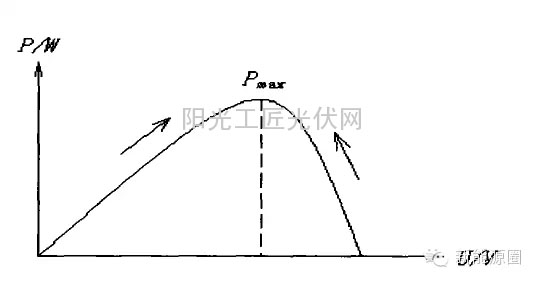
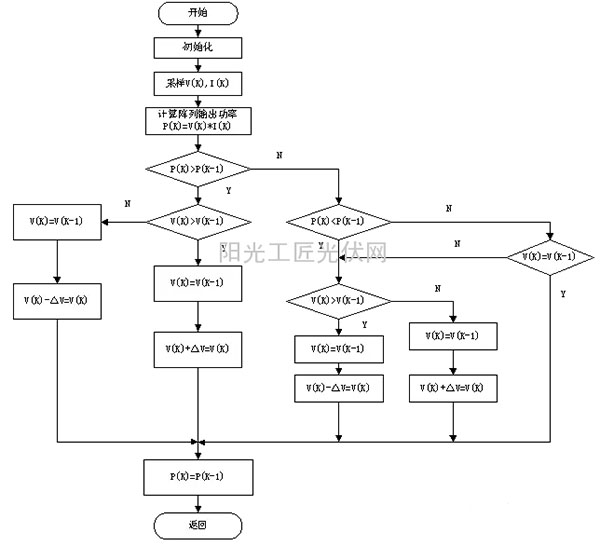
Figure 3 MPPT program flow chart
The biggest advantage of the perturbation observation method is that the control concept is clear, easy to implement, and the algorithm is simple. However, when using the perturbation observation method, the array output power oscillates around the maximum power point, resulting in partial power loss, and the initial value and the tracking step length have a great influence on the tracking accuracy and speed.
1.1.4 Off-grid inverter
Off-grid inverters are passive type single-phase inverter devices that can only operate in the inverter state and cannot operate in the rectified state.
Its main circuit structure and the grid-connected inverter are exactly the same, but the control method and the input and output end are different.
The output of the off-grid inverter (three-phase) should be 380V50/Hz alternating current.
1.1.5 DCDC Controller
The DC/DC controller is an energy storage device in an off-grid photovoltaic power generation system. Its role is to perform MPPT tracking and to charge the battery. Its circuit topology is generally a BOOST circuit and also belongs to a single-phase power electronic device, and cannot operate in both directions.
1.1.6 Features of Off-grid PV System

Figure 5 Modeling main circuit of off-grid PV system
The entire system consists of a PV module, a DC/DC controller, an off-grid inverter, and an AC load. The load capacity is adjustable from 10kW to 40kW.
Setting system:
0.3 seconds ago, with a load capacity of 10kW, the PV module was charged by the DC/DC controller to the battery, and DC/DC passed the MPPT to operate the PV module at the maximum power point. Since the PV module has a capacity of 25kW, since the power supply of the load is actually provided only by the battery, the PV module also charges the battery with electric energy. As shown in Figures 6, 7, and 8, PVPT voltage MPPT tracking curves, battery SOC curves, and off-grid inverter output voltage and current waveforms are shown.
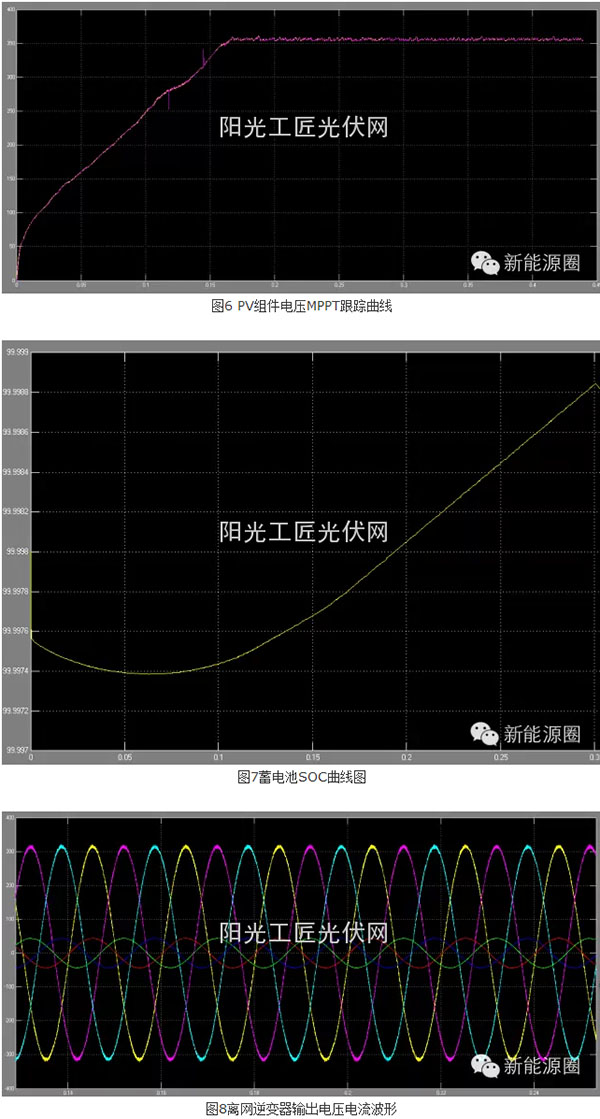
0.3 seconds later, the load capacity increased to 40kW, the PV module is still charged by the DC / DC controller to the battery, DC / DC through the MPPT PV module to work at the maximum power point, but because of the increase in load capacity, the battery SOC showed a downward trend, At this time, the output of the PV module remains unchanged. As shown in Figures 6, 10 and 11, PVPT voltage MPPT tracking curve, battery SOC curve and off-grid inverter output voltage current waveform (output current increase) are shown.
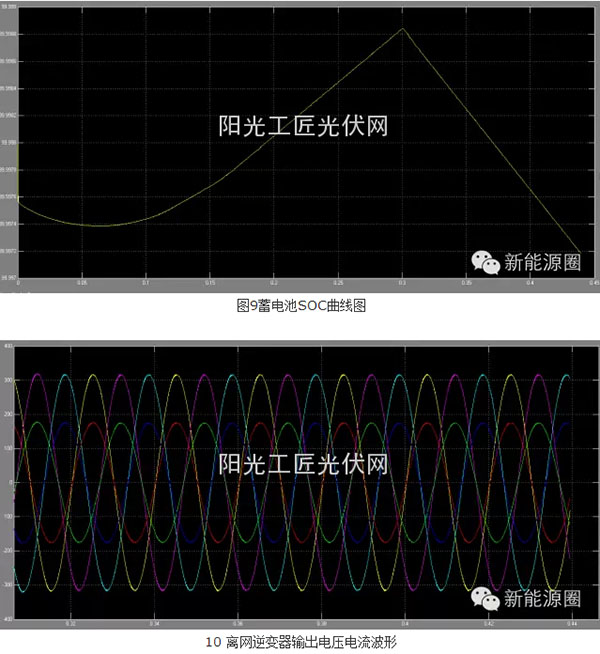
Door Hinge is one of the most important parts of Door Hardware, to help the door open and close. As an experienced manufacturer of architectural hardware, we manufacture all kinds of door hinges, e.g, butt hinge, flag hinge, flush hinge, lift-off hinge, and so on. To match different markets, our door hinges are able to make in different materials: steel, stainless steel, brass, and aluminum. Also available for various kinds of surface finishes, like stain finish, polish finish, matt brass, rose gold, etc. Whatever you want for door hinges can be found on our factory.

Stainless Steel Door Hinges,Door Hinges with Ball Bearing, Stainless Steel Hinges, Square Edge Hinges, Radius Corner Hinges,Butt Hinges
Leader Hardware Manufacturer Limited , https://www.leaderhardwarecn.com